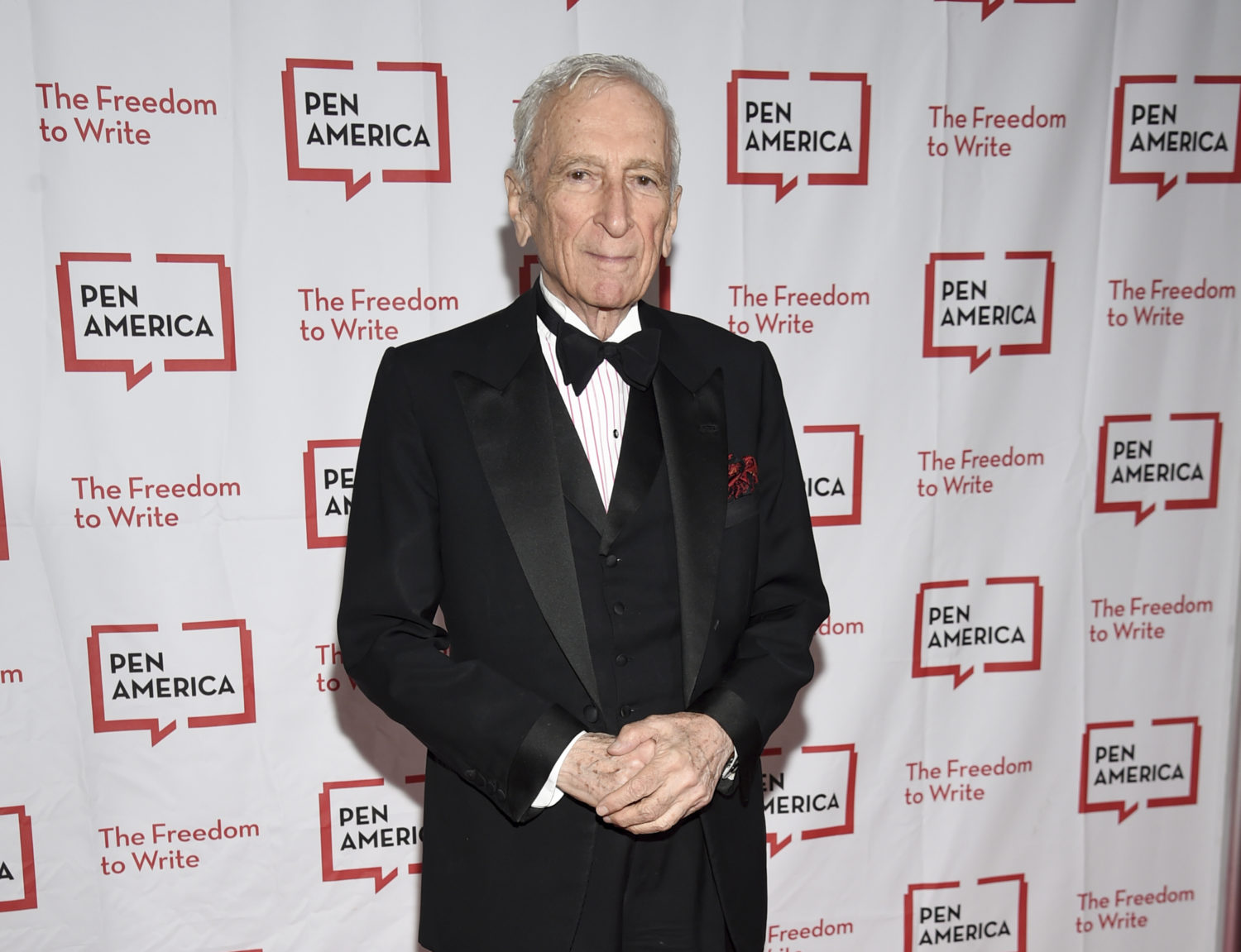To tape or not to tape?
A few weeks ago, while promoting her book “Merchants of Truth,” former New York Times executive editor Jill Abramson was criticized for admitting that she never used a tape recorder when interviewing sources. She said she took notes and had a very good memory. That started a debate among journalists about taping vs. not taping.
Writing for the Columbia Journalism Review, Matthew Kassel interviewed 18 journalists about whether they tape or not. Most did, although some — including Los Angeles Times features writer Gustavo Arellano and best-selling author Gay Talese — do not. In fact, Talese told CJR, “I loathe tape recorders’’ and added that they have “ruined the art of magazine writing.”
Ultimately, it’s an individual choice. What works for some doesn’t work for others. The “correct” way is what works best for each reporter as long the method used to quote sources is accurate.
And that is the biggest advantage of taping interviews: accuracy. It’s hard to misquote someone when the interview is taped. It’s also proof against those who might later claim they were misquoted.
So what is the disadvantage to taping? Writers might be more inclined to lean too heavily on quotes.
Talese told CJR, “I believe I can be more honest as well as readable when I use my own language in telling the story rather than surrendering to the verbatim and often stilted language caught on a recorder.”
Personally, I’ve found a combination of taping interviews and taking notes is the best practice. Use your notes as the outline to your story and then use the recorder to confirm your quotes to ensure a detailed and complete picture.
But everyone has their own method. Check out the CJR post to get a wide slate of practices for quoting.
Columnist apologizes for tweet
John Podhoretz, editor-in-chief of Commentary Magazine and New York Post columnist, deleted his Twitter account and then apologized after tweeting a joke about neutron bombing a journalism school. On Wednesday. Podhoretz tweeted:
“Talia Lavin and Lauren Duca teaching at NYU J school is the best argument yet that J Schools should be neutron bombed and their buildings given to Rick Singer for no show side door people.”
Then, writing in Commentary on Thursday, Podhoretz apologized, writing:
“On Wednesday, I wrote an aggressive and rude satirical tweet involving a neutron bomb, the NYU Journalism School, journalism schools in general, and two writers. I regret my attacks on Lauren Duca and Talia Lavin, which were unprovoked and therefore entirely unseemly. I wholeheartedly apologize to them.”
Lavin did not accept the apology. She tweeted:
“I don’t accept the apology of a man who will neither recognize nor atone for his rank, abusive misogyny. Stay gone, Podhoretz.”
Fired news director reinstated
Last month, a public radio station in Tampa fired popular news director and on-air host Rob Lorei after 40 years. Lorei filed a grievance, while listeners of WMNF (88.5 FM) pushed back on social media, threatened to no longer donate to the station and packed the station’s most recent board meeting in an effort to bring Lorei back.
The efforts worked. The station announced Wednesday that Lorei is returning. On its website, WMNF ran excerpts from an interview with David Harbeitner, president of the station’s board of directors. Harbeitner said:
“The Board has reached the decision to reinstate Rob to his role as News and Public Affairs director at WMNF. We believe that both Rob and Craig Kopp, the station general manager, can and should play a critical role in the present and future of WMNF. This event, unfortunately, has reinforced the value of WMNF and the impact we have in the local community, particularly in regards to News and Public Affairs. … And Rob will be back on Monday morning.”
Local coverage
For this item, let’s turn it over to Poynter.org managing editor Barbara Allen.
This week in our local journalism roundup, we focus on collaborations — one in California, and another in North Carolina. Organizers and participants noted how unusual these partnerships might have seemed a decade or two ago, and serve to further demonstrate how the American media landscape has changed — and how it continues to put helping people and holding government to account at the forefront of its business model. As usual, we’ve collected great features and investigations from across the country. This week’s bonus: a two-acre portrait of Beto O’Rourke.
Check it out
Politico senior media writer Jack Shafer writes that media outlets should not censor the New Zealand shooting videos.
Poynter’s Daniel Funke and the American Press Institute’s Susan Benkelman are out with the latest Factually newsletter. Big news this week: 19 news organizations in Europe are collaborating on a project to fact-check politicians ahead of the May parliamentary elections.
The Atlantic’s Taylor Lorenz calls out Instagram for being full of conspiracy theories and misinformation.
Have feedback or a tip? Email Poynter senior media writer Tom Jones at tjones@poynter.org.
Upcoming Poynter training:
- Summit for Reporters and Editors in Multi-Platform Newsrooms (seminar). Deadline: March 25.
- How to Cover the Arts on Any Beat (workshop). Deadline: April 15.
Want to get this briefing in your inbox? Sign up here.








Another problem with recorders is that in a few states you can’t legally use it without the consent of all parties. Essentially, your source now has veto power on one of the tools we use. And in my experience, most people say no to being recorded.